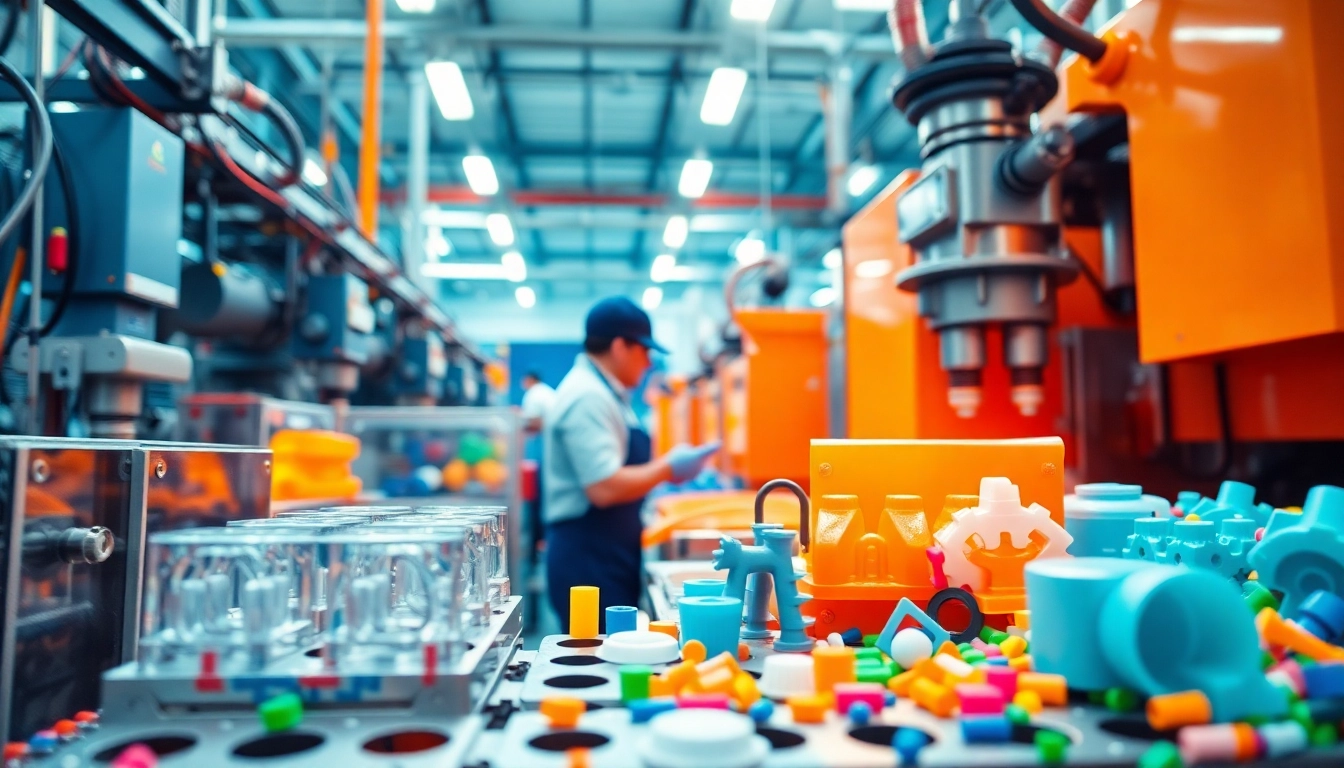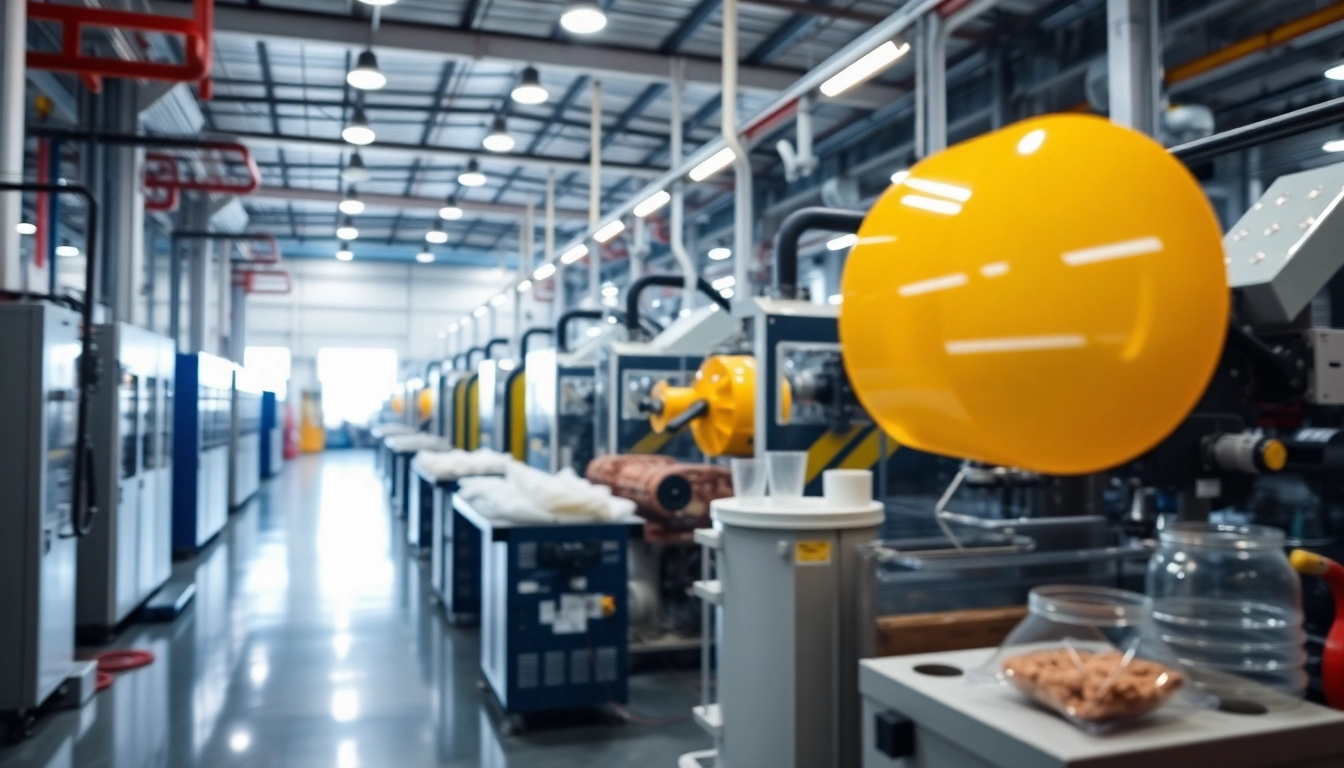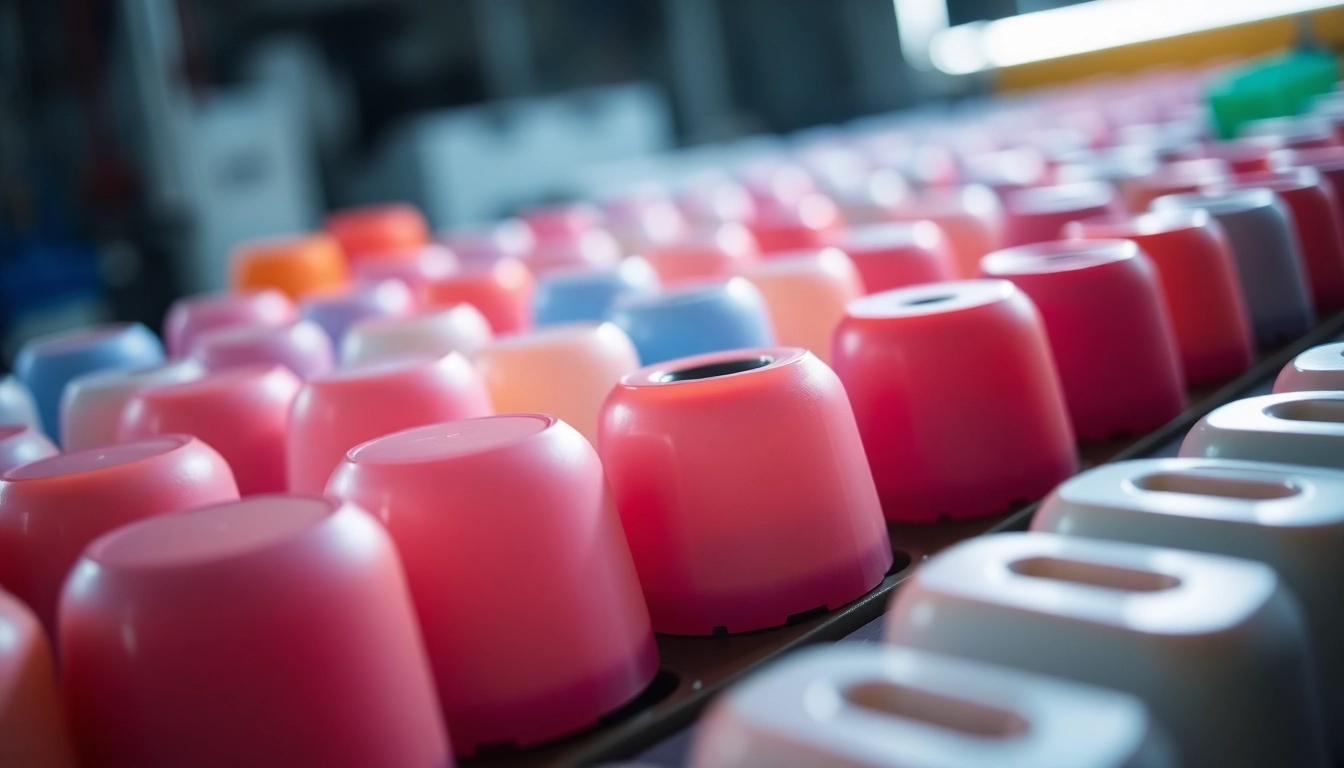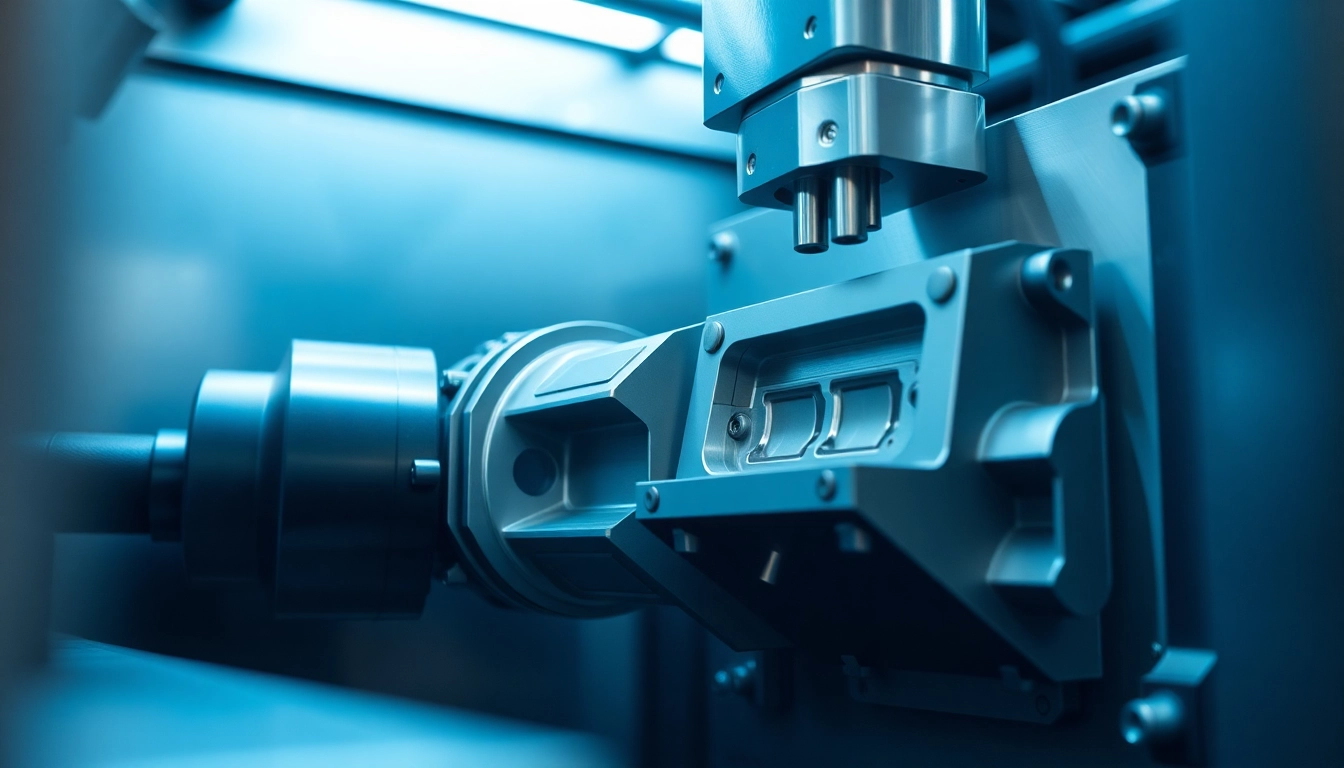Understanding the Manufacture of Plastic Parts
The manufacture of plastic parts is a pivotal aspect of modern manufacturing, impacting numerous industries from automotive to consumer goods. This comprehensive guide aims to delve into the intricacies of plastic part manufacturing, covering essential processes, materials, techniques, and the future of this vital sector.
Overview of Plastic Manufacturing Processes
Plastic manufacturing involves a variety of techniques used to convert raw polymers into finished parts. The most common processes include:
- Injection Molding: This process involves injecting molten plastic into a mold, allowing for precise shapes and high production rates.
- Extrusion: Here, plastic is melted and forced through a die to create continuous shapes, which can be cut to desired lengths.
- Blow Molding: This technique is used for creating hollow parts by inflating the plastic within a mold.
- Thermoforming: In this method, a plastic sheet is heated until pliable, then formed over a mold.
Understanding these processes is crucial for selecting the most suitable method based on part design, material properties, and production volume.
Key Materials Used in Plastic Production
The properties of plastic parts largely depend on the materials used in their manufacture. Common polymer types include:
- Polyethylene (PE): Known for its flexibility and resistance, it is widely used in various applications.
- Polypropylene (PP): This material is appreciated for its strength and resistance to heat, making it suitable for automotive parts.
- Polystyrene (PS): Utilized for its clarity and rigidity, it is often found in consumer goods packaging.
- Polyvinyl Chloride (PVC): A versatile plastic commonly used in building materials and medical devices.
The selection of the right polymer is vital and should consider factors such as mechanical properties, environmental resistance, and cost.
Benefits of Efficient Plastic Manufacturing
Efficient manufacturing processes not only reduce costs but also improve product quality and competitiveness. Key benefits include:
- Cost Reduction: Streamlined production techniques lead to reduced waste and lower labor costs.
- High Precision: Modern manufacturing technologies like injection molding provide unparalleled accuracy and repeatability.
- Scalability: Efficient processes can scale with demand, allowing manufacturers to adapt to market changes.
Investing in efficient manufacturing practices ultimately enhances a company’s ability to meet customer demands and thrive in competitive markets.
Main Techniques for Plastic Part Manufacturing
Injection Molding Explained
Injection molding is the most prevalent method for producing plastic parts. The process begins with heating plastic pellets until they become molten, which is then injected into a precisely crafted mold. The molten plastic cools and solidifies, forming the desired shape. Key advantages of injection molding include:
- High Throughput: Ideal for mass production due to rapid cycle times.
- Complex Geometries: Molds can be designed for intricate shapes, accommodating varying designs.
- Material Versatility: A wide range of materials can be used, from thermoplastics to thermosets.
However, it is essential to manage factors such as mold design, injection speed, and cooling times to optimize production efficiency.
Extrusion Vs. Injection: Key Differences
While both injection molding and extrusion are common plastic manufacturing techniques, they serve different purposes and have distinct processes. Key differences include:
- Process Type: Injection molding produces discrete parts, while extrusion creates continuous shapes.
- Mold Design: Injection molding requires complex molds, whereas extrusion often involves simpler die designs.
- Production Rates: Injection molding typically has a longer cycle time than extrusion but offers higher precision.
Choosing between these techniques depends on the specific application, part design, and production volume requirements.
Rotational Molding Benefits
Rotational molding is another effective method for producing plastic parts, particularly hollow objects. The process involves placing powdered plastic in a mold, which is then heated and rotated, distributing the material evenly across the mold’s interior surfaces. The key advantages of rotational molding include:
- Uniform Wall Thickness: The rotation ensures consistent thickness across the entire part.
- Cost-Effective for Low Volumes: Minimal tooling and mold costs make it suitable for smaller production runs.
- Design Flexibility: Ideal for large parts and complex shapes that cannot be manufactured through traditional methods.
Although rotational molding may have slower cycle times compared to injection molding, it excels in creating large, durable products.
Choosing the Right Manufacturing Process
Factors Influencing Process Selection
Selecting the appropriate plastic manufacturing process is crucial for optimizing production efficiency and product quality. Key considerations include:
- Part Complexity: Complex shapes might require injection molding, while simpler forms may be suited to extrusion.
- Volume Requirements: High-volume production typically favors injection molding, whereas lower volumes can benefit from rotational molding or CNC machining.
- Material Properties: The choice of polymer can significantly influence the manufacturing method; some materials are more suited to specific processes.
Evaluating these factors will help manufacturers make informed decisions that align with their production goals.
Cost Considerations in Plastic Manufacturing
Understanding the cost implications of various manufacturing processes is essential for budgeting and financial planning. Key cost factors include:
- Tooling Costs: Injection molding, for example, involves significant upfront costs for manufacturing molds.
- Material Costs: The choice of plastic resin can influence overall production costs, albeit to varying extents based on market conditions.
- Operational Efficiency: High-throughput processes like injection molding may yield more units per hour, thereby reducing per-part costs.
Balancing these factors is critical to achieving a cost-effective manufacturing operation.
Batch vs. Mass Production: Pros and Cons
Manufacturers must decide between batch and mass production models, each offering distinct benefits and challenges:
- Batch Production:
- Flexibility in product variety.
- Lower inventory costs.
- Mass Production:
- Economies of scale lead to reduced manufacturing costs.
- Higher precision and consistency across products.
Ultimately, the decision should align with specific business objectives, product demand, and market dynamics.
Quality Control in Plastic Part Production
Importance of Standards in Manufacturing
Quality control is essential in plastic manufacturing to ensure that produced parts meet specified standards and customer expectations. Implementing a robust quality management system can help achieve this goal.
Standards such as ISO 9001 provide frameworks for consistent quality assurance through comprehensive documentation, regular audits, and continuous improvement initiatives.
Techniques for Ensuring Quality
Several techniques are indispensable for maintaining high-quality standards in plastic part production:
- Statistical Process Control (SPC): This involves using statistical methods to monitor and control the production process.
- Material Testing: Regular testing of raw materials to verify properties before they enter the production process.
- Final Inspection: Conducting rigorous inspections of finished parts to ensure they meet dimensional and functional specifications.
Implementing these quality assurance measures reduces defects, enhances product reliability, and builds customer trust.
Common Challenges and Solutions
Plastic manufacturers may face various challenges in their production processes. Common issues include:
- Material Variability: Fluctuations in raw material properties can impact production quality. Solution: Establish strong relationships with suppliers and conduct regular material audits.
- Equipment Malfunctions: Breakdowns can lead to production delays. Solution: Implement maintenance programs that include routine inspections and preventive actions.
- Regulatory Compliance: Keeping up with changing regulations can be daunting. Solution: Stay informed about industry standards and engage in ongoing training for the workforce.
Addressing these challenges proactively fosters a culture of excellence and continuous improvement.
Future Trends in Plastic Part Manufacturing
Emerging Technologies in Plastic Manufacturing
The plastic manufacturing industry is poised for significant advancements driven by emerging technologies. Key trends include:
- 3D Printing: This technology facilitates rapid prototyping and customization, allowing manufacturers to produce complex parts with minimal waste.
- Automation and IoT: Integrating automation and internet connectivity into manufacturing systems improves process efficiency and data collection for informed decision-making.
- Advanced Materials: Research is ongoing to develop new materials that enhance performance while maintaining environmental considerations.
Staying ahead of these trends is essential for companies looking to remain competitive in a fast-changing industry.
Sustainable Practices in the Industry
As environmental concerns gain prominence, the plastics industry is adopting sustainable practices to reduce its ecological footprint. Important strategies include:
- Recycling and Reuse: Emphasizing the use of recycled plastics to minimize raw material dependence.
- Biodegradable Plastics: Researching and developing plastics that degrade more easily after disposal.
- Energy Efficiency: Implementing energy-efficient technologies and processes that reduce energy consumption during manufacturing.
These sustainable practices not only benefit the environment but also enhance brand reputation among eco-conscious consumers.
Market Outlook and Predictions
The plastic manufacturing market is expected to experience steady growth in the coming years. Factors driving this growth include:
- Increased Demand Across Industries: Sectors such as healthcare, automotive, and packaging are expanding, leading to heightened demand for plastic components.
- Technological Advancements: Innovations in manufacturing technologies will continue to improve production efficiencies and product capabilities.
- Focus on Sustainability: Greater emphasis on eco-friendly practices will reshape the industry’s approach to production and materials.
Continuous adaptation and investment in new technologies will be crucial for manufacturers looking to capitalize on these emerging opportunities.




